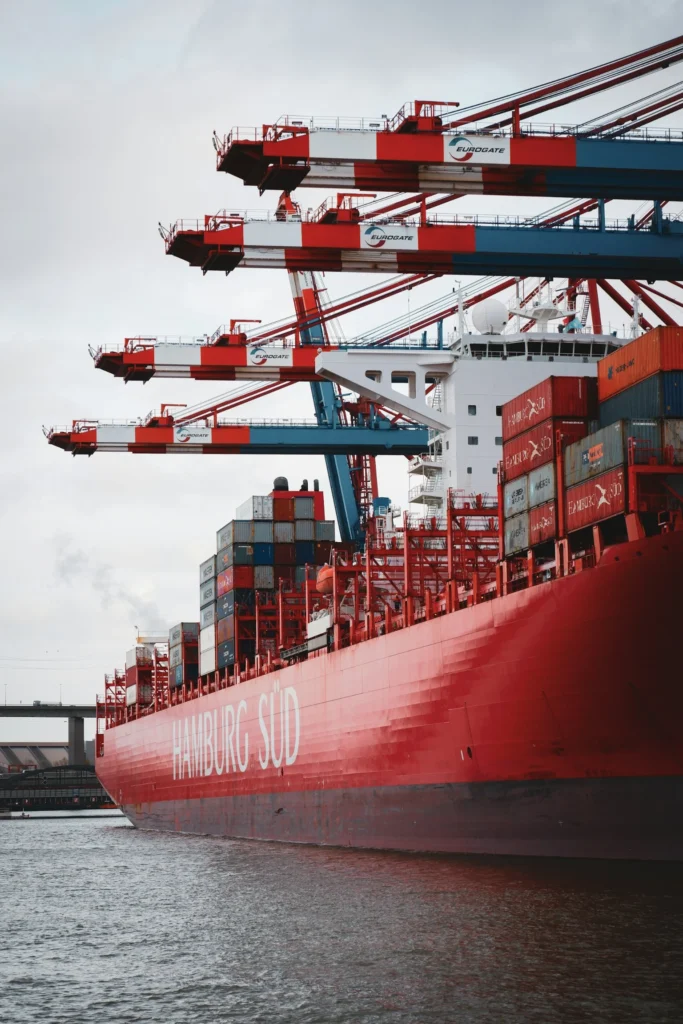Carbon Border Adjustment Mechanism
What is CBAM?
The Carbon Border Adjustment Mechanism (CBAM) is a policy tool introduced by the European Union that imposes a carbon tax on imported goods from countries with less stringent climate policies. It is designed to prevent carbon leakage, which happens when European businesses shift production to countries with weaker environmental rules, potentially undermining global efforts to cut emissions.
How does CBAM work?
CBAM will impose a price on the carbon emissions associated with products imported into the EU. This price will be calculated based on the difference between the carbon taxes applied in the EU and those in the countries of origin of the products. Importers will be required to purchase CBAM certificates to cover the carbon emissions generated in the production process of the imported goods.
Targeted Sectors
CBAM will initially be applied to a limited number of sectors that are considered to be most at risk of carbon leakage. These sectors include:
- Cement
- Iron and steel
- Aluminium
- Fertilizers
- Electricity

Implementation and Phases
CBAM will be implemented in more steps:
1. Transition Phase (2023-2025)
During this period, importers will need to report the carbon emissions associated with imported products, but they will not be required to purchase CBAM certificates. This will allow the EU to collect data and adjust the mechanism before full implementation.
2. Full Implementation (starting in 2026)
Starting with 2026, importers will be required to purchase CBAM certificates to cover the carbon emissions associated with imported products.
Key Directives and Regulations
-
Regulation (EU) 2023/956
Establishes the rules for the CBAM and lays out the mechanism for calculating carbon emissions from imported goods. It also mandates the purchase of CBAM certificates. -
Directive (EU) 2023/959:
Amends previous legislation to incorporate CBAM and ensure it is aligned with the EU's broader climate strategy. It defines the compliance obligations for businesses importing carbon-intensive products into the EU.
-
Directive (EU) 2023/959:
Amends previous legislation to incorporate CBAM and ensure it is aligned with the EU's broader climate strategy. It defines the compliance obligations for businesses importing carbon-intensive products into the EU.

